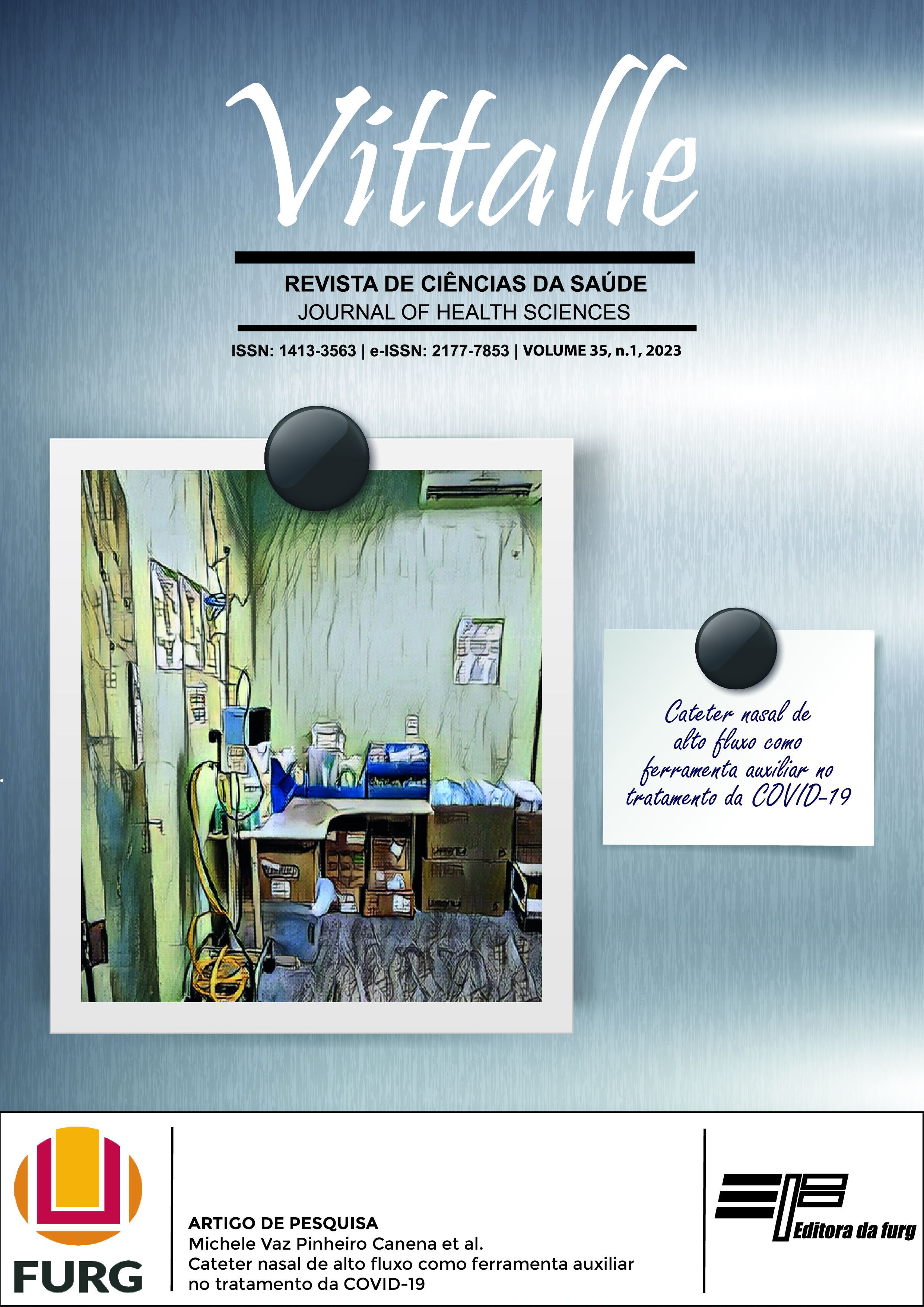Ozone and PM2.5 behavior in small cities in southern Brazil
DOI:
https://doi.org/10.14295/vittalle.v35i1.15254Palabras clave:
Air pollution, ozone, particulate matter, Rio Grande dResumen
Air pollution is one of the greatest challenges facing humanity today. The number of studies has grown annually, but most of the time they have been conducted in megacities or heavily industrialized regions. In this study, we aimed to evaluate the behavior of O3 and PM2.5 in 5 small cities (< 1500 inhabitants) in southern Brazil, comparing them with reference cities in their micro-regions and with the metropolis Porto Alegre, capital of the state of Rio Grande do Sul. During the short period evaluated, the levels of pollutants in small cities would not differ from those found in the reference cities and were equivalent to the levels in the studied metropolis. Also, during 2 periods (18 to 20 September 2021 and 30 September to 2 October 2021) there were episodes of high levels of PM2.5, superior to the national air quality criteria in 4 of the 5 small cities. The likely origin of the pollutants is the long-distance transport of pollutants from biomass burning in the Amazon. Multiple regression analysis showed little or no influence of local meteorological parameters for O3 and PM2.5 levels, but showed a strong association with pollutant levels in the respective reference cities. Understanding the dynamics of air pollutants in small cities is essential to understand some health outcomes in these populations and has been recently recommended by the World Health Organization.





